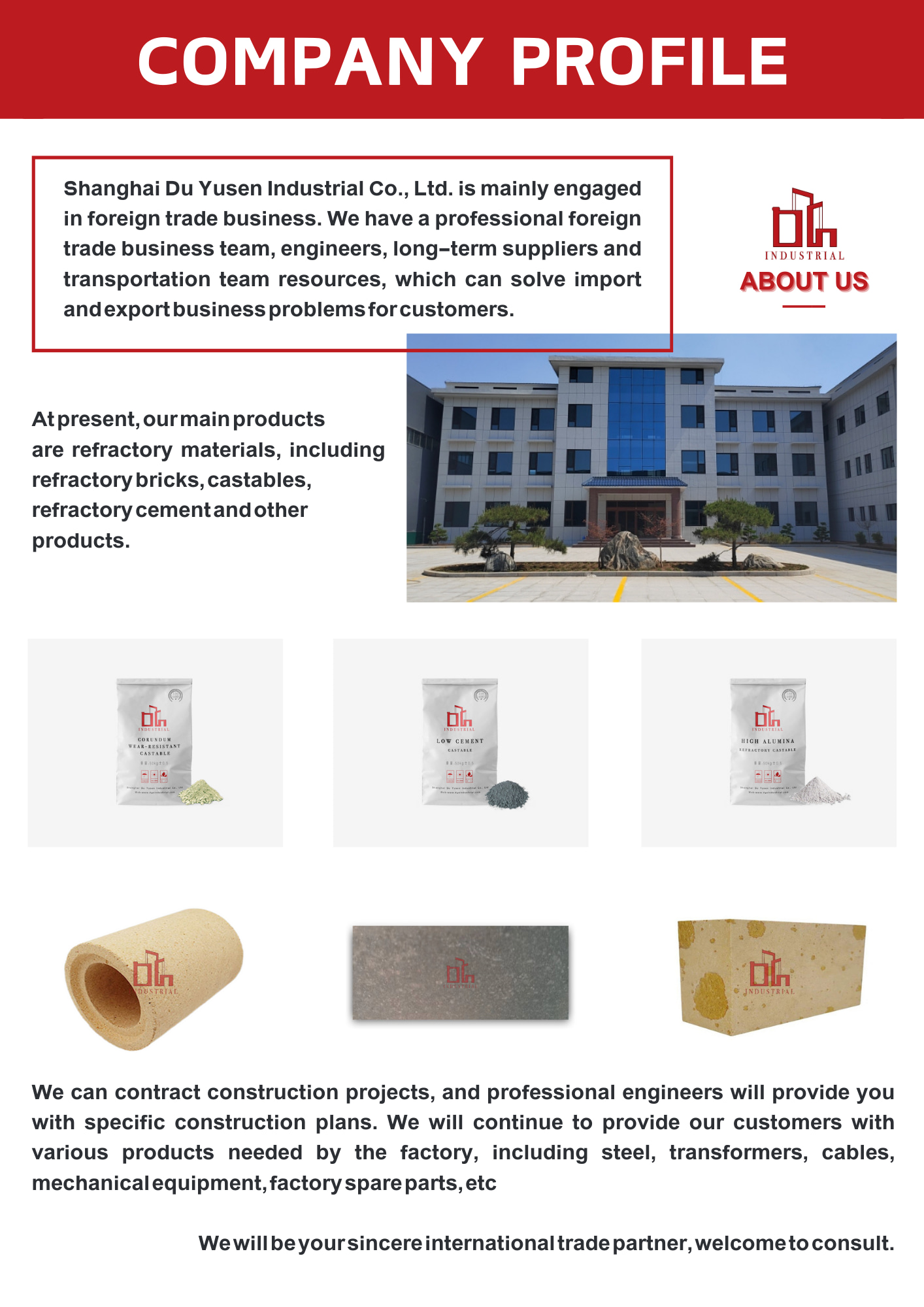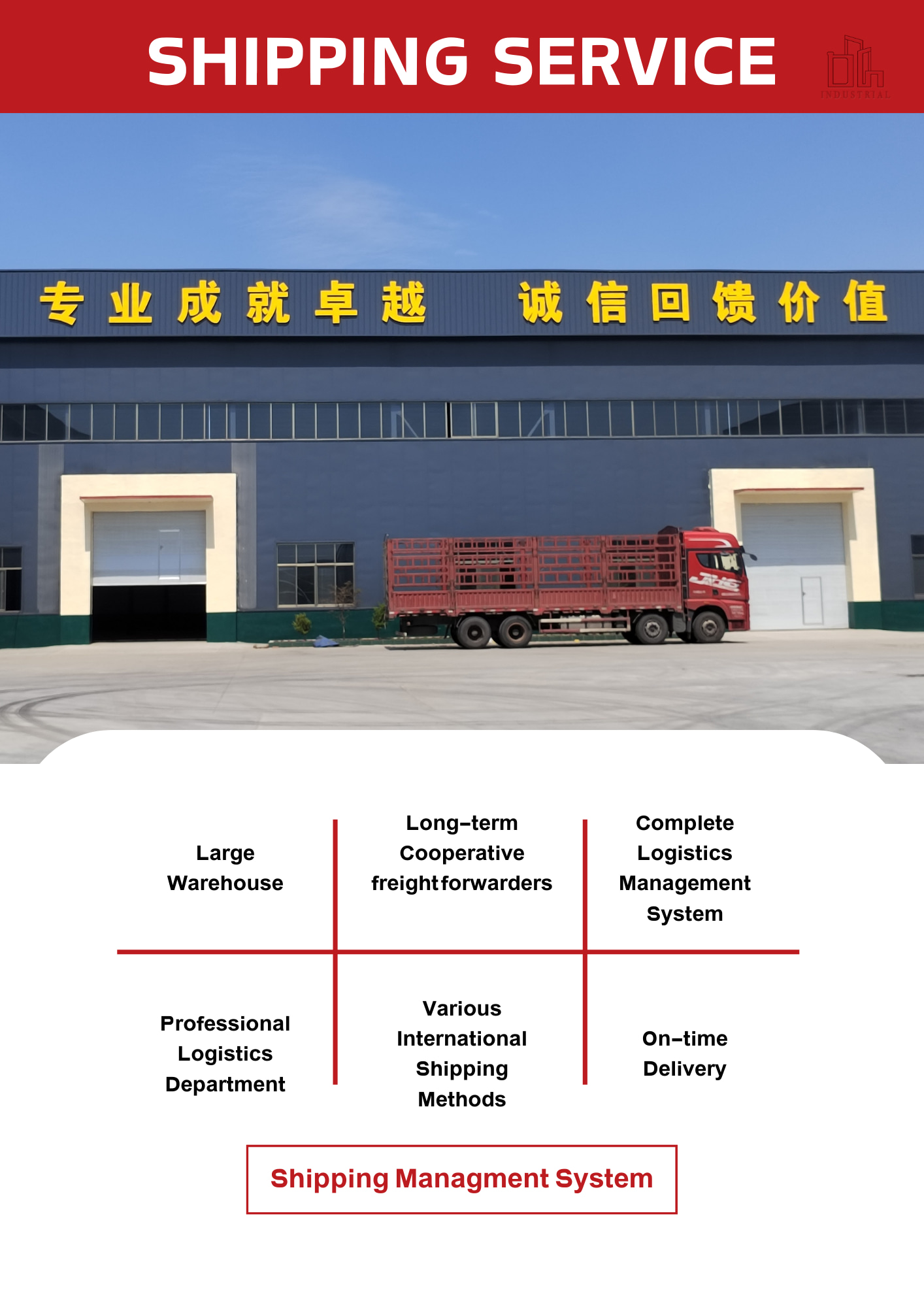Phosphate high alumina brick, also known as phosphate-bonded high alumina brick or chemically bonded high alumina brick, is a type of refractory brick that is made by combining high-purity alumina with a phosphate-based binder. The binder reacts with the alumina at elevated temperatures to form a chemically bonded matrix, providing cohesion and strength to the brick.
Payment :
In AdvanceProduct Origin :
ChinaShipping Port :
Shanghai PortLead Time :
15 Working daysProduct parameters:
| Item | Grade | |||
| Chemical Bonded | Phosphate Bonded - P | Phosphate Bonded - PA | High RUL | |
| Al2O3, %, ≥ | 75 | 75 | 80 | 78 |
| Fe2O3, %, ≤ | 2 | 2 | 2 | 2 |
| CaO, % | - | 0.6 | 0.6 | - |
| Bulk & Density, g/cm3 | 2.65 | 2.7 | 2.75 | 2.8 |
| Refractoriness, ℃ , ≥ | 1770 | 1790 | 1790 | 1790 |
| Apparent Porosity, %, ≤ | 18 | 18-21 | 20 | 19 |
| Cold Crushing Strength, MPa, ≥ | 60 | 70 | 75 | 80 |
| Refractoriness Under Load of 0.2MPa, ℃ , ≥ | 1400 | 1350 | 1450 | 1460 |
| Thermal Shock Resistance (1100 ℃ -water cooling), times | 15 | - | - | 20 |
Key features and characteristics:
High-Alumina Content: These bricks are primarily composed of high-purity alumina, typically with an alumina content ranging from 70% to 90%. The high alumina content contributes to their excellent refractoriness and resistance to high temperatures.
Chemical Bonding: Phosphate high alumina bricks are manufactured using a phosphate-based binder, usually a solution of phosphoric acid or phosphate salts. The binder chemically reacts with the alumina particles during firing, forming a strong chemical bond that gives the brick its strength and structural integrity.
Good Thermal Shock Resistance: Phosphate high alumina bricks exhibit good resistance to thermal shock, allowing them to withstand rapid temperature changes without cracking or spalling. This property makes them suitable for applications where frequent thermal cycling occurs.
High Compressive Strength: The chemical bonding mechanism in phosphate high alumina bricks results in high compressive strength. They can withstand heavy loads and pressure in high-temperature environments.
Stability in Reducing Atmospheres: These bricks have good stability and resistance to reducing atmospheres, meaning they can withstand conditions where there is a lack of oxygen or the presence of reducing agents. This makes them suitable for use in reducing environments, such as in some types of gasifiers or coal-fired power plants.
Limited Thermal Insulation: Compared to lightweight insulation bricks, phosphate high alumina bricks have a higher density and lower thermal insulation properties. They are better suited for applications that require mechanical strength and thermal stability rather than high levels of insulation.
Application:
Phosphate high alumina bricks offer a balance of high alumina content, chemical bonding strength, and resistance to thermal shock. These properties make them suitable for demanding industrial applications that require durability, strength, and thermal stability in high-temperature environments.



Tags :